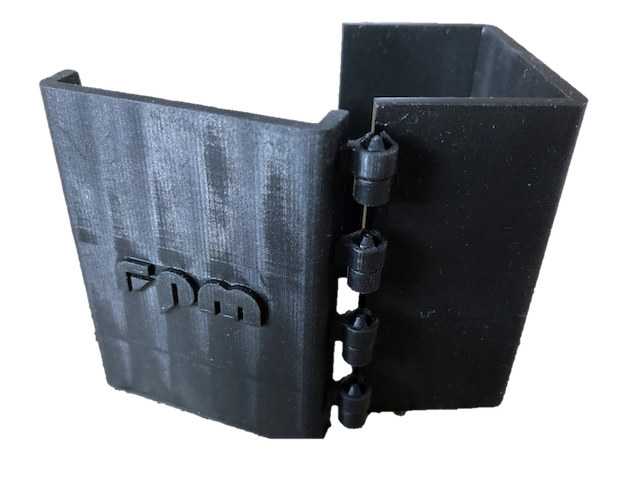When designing a tooling, engineers want to be able to ensure that the part built from the mold, jig, or dye is built correctly and meets the technical requirements. Here is the thing, the process sometimes involves producing a part, measuring it, analyzing deviations, and performing iterations on the tooling. This increasing number of iterations only contribute to make the method more lengthy in the end.
rpm – rapid product manufacturing GmbH, a Germany-based producer of small and specialty series parts and functional prototypes wanted to enhance the tooling design iteration process for one of its European automotive customers.
The company’s AM portfolio includes some Farsoon polymer laser sintering machines and Carbon Digital Light Synthesis™ (Carbon DLS™) 3D printing systems. The parts producer decided to leverage the latter technology to overcome this issue.
The company was specifically interested in small cable ducts, brackets, and holding systems within the engine bay with relatively complex geometries but such components are not necessarily the ideal applications candidates for Carbon DLS™. Carbon explains that this type of parts usually includes a film hinge to allow installers to lay the wiring, snap it closed, and create a single component with a complex internal cavity.
Rethinking design and choosing the appropriate materials solutions were pivotal for the success of this project.
By replacing the film hinge with a snap-in connector system, the engineering team at rpm was able to create a new design profile that perfectly fits the manufacturing process on the Carbon DLS machine while delivering the required performance to mimic the end part during functional testing.
As far as materials are concerned, we learned that the manufacturer used the Carbon RPU 130, a 3D printing material known for its heat resistance capability and IMDS certification needed for this application. It should be noted that to meet the ideal production costs of the customer, the team optimized the design for the Carbon EPX 82 material, which is as per the words of Carbon, a similarly high-strength, epoxy-based engineering resin.
“Carbon materials can withstand many of the stringent evaluation criteria for series production, bringing significant savings in both production time and cost. At rpm, we see that a pathway is being paved to transition seamlessly between the Carbon DLS process and classical injection molding based on the required part volume”, DR. CLAUS THOMY Managing Director, Sales, rpm – rapid product manufacturing GmbH.
Combining the new design and selected materials
After splitting the film hinge into separate parts for production, the rpm design team replaced the key elements in the design. However, they only worked with independent parts in order to reuse the sides when only one half of the part was iterated.
Interestingly, since the Carbon DLS process enables rapid design iteration, several designs could be produced in a single print job for testing.
With the Carbon EPX 82 material being qualified for end-use automotive parts, testing on Carbon DLS revealed similar design considerations with the traditional injection-molding approach. For example, accounting for resin flow is similar to anticipating the cavities and geometries within a steel mold for injection molding. This makes it a very important addition to the rpm technology portfolio and in the plastics design process.
“Carbon DLS covers an important class of parts for small series production. rpm is producing high-complexity, small-sized parts from end-use materials without additional tooling. This fills an important gap within our ten in-house plastic technologies. In this particular DLS use case, we are adding design iterations while increasing speed and reducing overall project cost. Because we are working with series-like materials, additive manufacturing has moved further into the product lifecycle. We see a steady increase in these types of applications in the range of 500–2,000 parts, which is proving to be a sweet spot for DLS”, DR. Jörg Gerken, Technical Director, rpm – rapid product manufacturing GmbH notes.
Remember, you can post free of charge job opportunities in the AM Industry on 3D ADEPT Media or look for a job via our job board. Make sure to follow us on our social networks and subscribe to our weekly newsletter : Facebook, Twitter, LinkedIn & Instagram ! If you want to be featured in the next issue of our digital magazine or if you hear a story that needs to be heard, make sure to send it to contact@3dadept.com






